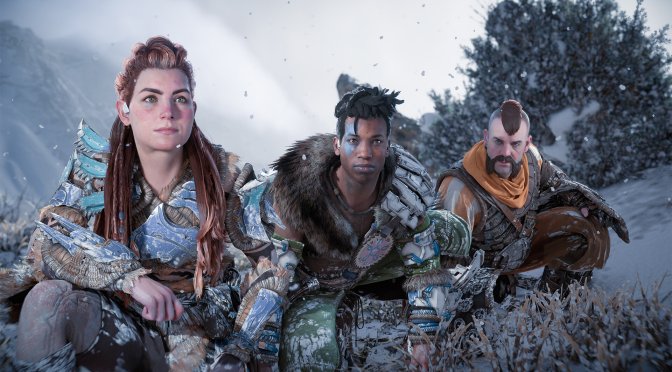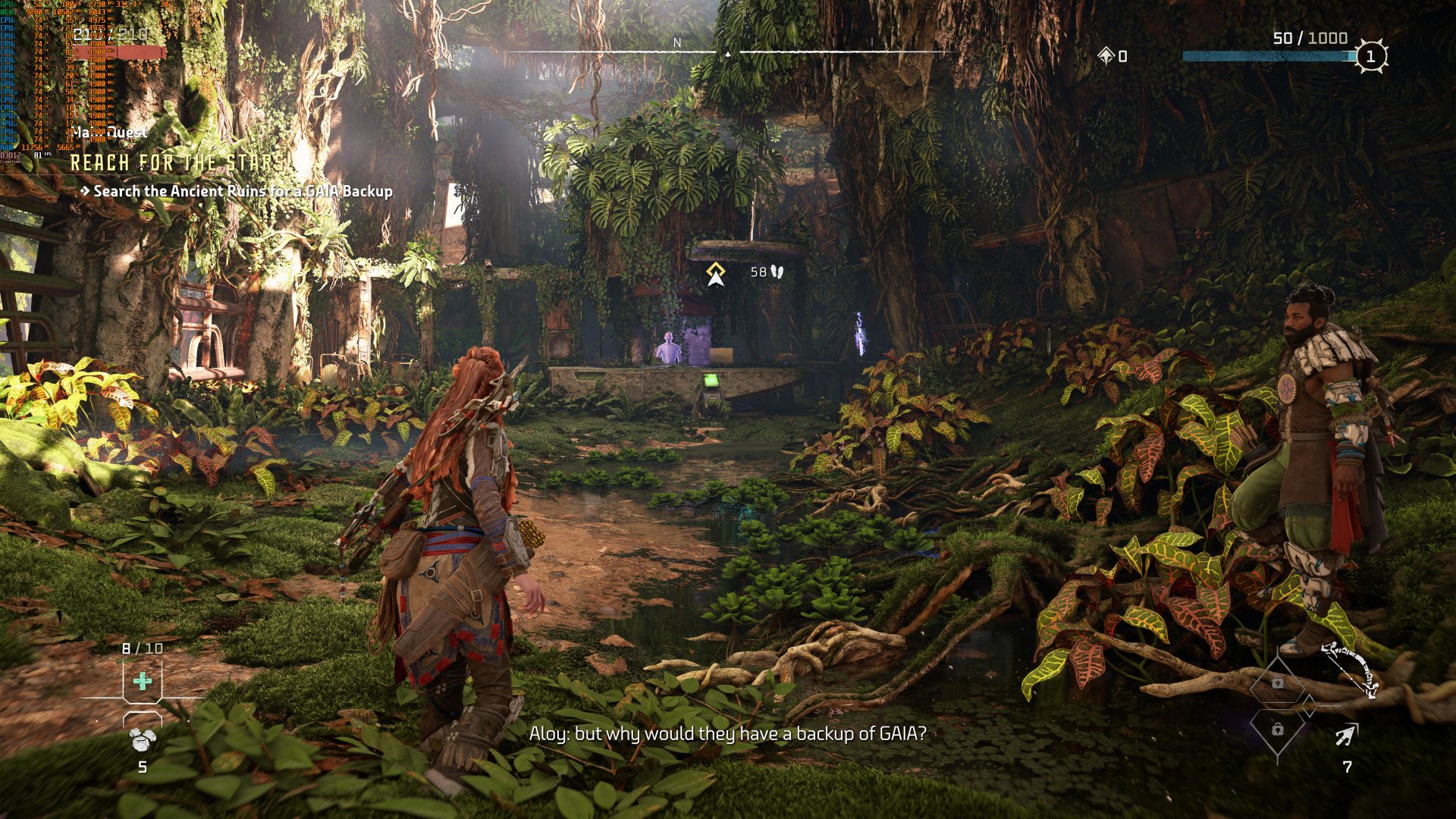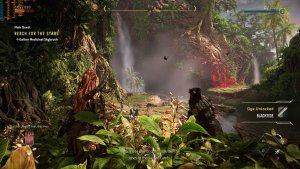Sony has just released Horizon: Forbidden West Complete Edition on PC. Powered by the Decima Engine and ported by Nixxes, it’s time to test this game on our high-end PC system and share our initial PC performance impressions.
For our initial tests, we used an AMD Ryzen 9 7950X3D, 32GB of DDR5 at 6000Mhz, and NVIDIA’s GeForce RTX 4090. I also used Windows 10 64-bit, and the GeForce 551.86 driver. Moreover, I’ve disabled the second CCD on our 7950X3D.
First things first. The game will compile its shaders the first time you launch. Moreover, the game will be compiling shaders in the background by utilizing additional CPU cores/threads. As such, you won’t get any shader compilation stutters while playing it. Or at least I didn’t notice any during my first playthrough.
At Native 4K/Max Settings, the NVIDIA RTX 4090 manages to push a minimum of 62fps and an average of 74fps in the first open-world area. This area appears to be representative of the rest of the game. Still, there might be some scenes at the end of it that could be more taxing than it. Since we don’t have access to these areas, though, we can’t speedrun the entire game so that we can use those potentially more demanding areas in our benchmarks. Also, contrary to the first Horizon game, Horizon Forbidden West does not feature a built-in benchmark tool. I really don’t know why Nixxes has dropped the ball on this.
Graphics-wise, Horizon: Forbidden West looks great on PC. Although it does not use any fancy Ray Tracing effects, HFW offers incredible visuals. This shouldn’t come as a surprise as Horizon: Forbidden West still is one of the best-looking PS5 games. Compared to the PS5 version, the PC version brings minor graphical improvements. For instance, there are slightly better LODs and View Distance.
What’s really interesting here is that the game seems unable to fully utilize the RTX 4090. Take a look at this scene. At Native 4K/Max Settings, our RTX 4090 was used at 91%, pushing 64fps. In theory, this shows a CPU/RAM limitation. However, look at what happens when we enable DLSS 3 Super Resolution Quality Mode. Our framerate jumps at 82fps, with the exact same GPU utilization (it’s at 90%). I don’t know what’s going on here. If we were CPU/RAM limited, we wouldn’t be getting such a performance boost with DLSS 3 Super Resolution. So, this awkward GPU utilization issue is something that NVIDIA and Nixxes will have to fix.
UPDATE:
So I got in contact with NVIDIA and its official performance numbers were way higher than ours. As such, I’ve decided to further investigate this issue and reinstall the latest driver not once but twice. Why twice? Because after the first try, we were still getting a 90% GPU utilization. And, for whatever reason, the second re-installation worked. And yes, I was using DDU to properly uninstall the drivers. Right now, the game can use the RTX 4090 to its fullest. Here is a screenshot that proves it. As you can see, we now have a 100% GPU utilization at Native 4K/Max Settings. So, the NVIDIA RTX 4090 now manages to push a minimum of 80fps and an average of 90fps at Native 4K/Max Settings. Again, I don’t know why this was happening but if you ever encounter this bug/issue, we suggest reinstalling your drivers.
The game also seems to benefit from Hyper-Threading/SMT. When we enabled SMT on our AMD Ryzen 9 7950X3D, we saw an 8% performance increase. So, make sure to enable it for this title.
Our PC Performance Analysis for this game will go live this weekend. Until then, enjoy the following screenshots and stay tuned for more!

John is the founder and Editor in Chief at DSOGaming. He is a PC gaming fan and highly supports the modding and indie communities. Before creating DSOGaming, John worked on numerous gaming websites. While he is a die-hard PC gamer, his gaming roots can be found on consoles. John loved – and still does – the 16-bit consoles, and considers SNES to be one of the best consoles. Still, the PC platform won him over consoles. That was mainly due to 3DFX and its iconic dedicated 3D accelerator graphics card, Voodoo 2. John has also written a higher degree thesis on the “The Evolution of PC graphics cards.”
Contact: Email











